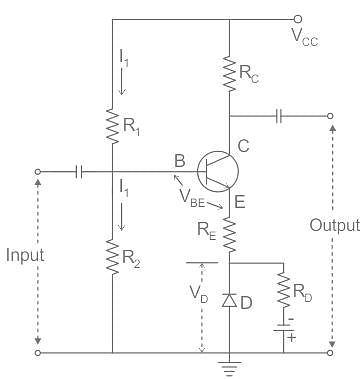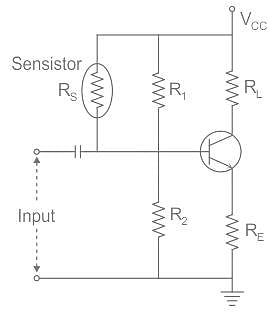UPSC Exam > UPSC Tests > Test: Bias Compensation - UPSC MCQ
Test: Bias Compensation - UPSC MCQ
Test Description
10 Questions MCQ Test - Test: Bias Compensation
Test: Bias Compensation for UPSC 2024 is part of UPSC preparation. The Test: Bias Compensation questions and answers have been prepared
according to the UPSC exam syllabus.The Test: Bias Compensation MCQs are made for UPSC 2024 Exam.
Find important definitions, questions, notes, meanings, examples, exercises, MCQs and online tests for Test: Bias Compensation below.
Solutions of Test: Bias Compensation questions in English are available as part of our course for UPSC & Test: Bias Compensation solutions in
Hindi for UPSC course.
Download more important topics, notes, lectures and mock test series for UPSC Exam by signing up for free. Attempt Test: Bias Compensation | 10 questions in 10 minutes | Mock test for UPSC preparation | Free important questions MCQ to study for UPSC Exam | Download free PDF with solutions
Detailed Solution for Test: Bias Compensation - Question 1
Detailed Solution for Test: Bias Compensation - Question 2
| 1 Crore+ students have signed up on EduRev. Have you? Download the App |
Test: Bias Compensation - Question 3
In a silicon transistor, which of the following change significantly to the change in IC?
Detailed Solution for Test: Bias Compensation - Question 3
Test: Bias Compensation - Question 4
What is the compensation element used for variation in VBE and ICO?
Detailed Solution for Test: Bias Compensation - Question 4
Test: Bias Compensation - Question 5
The expression for IC in the compensation for instability due to ICO variation_________
Detailed Solution for Test: Bias Compensation - Question 5
Test: Bias Compensation - Question 6
Which of the following has a negative temperature coefficient of resistance?
Detailed Solution for Test: Bias Compensation - Question 6
Test: Bias Compensation - Question 7
Increase in collector emitter voltage from 5V to 8V causes increase in collector current from 5mA to 5.3mA. Determine the dynamic output resistance.
Detailed Solution for Test: Bias Compensation - Question 7
Test: Bias Compensation - Question 8
The output resistance of CB transistor is given by _________
Detailed Solution for Test: Bias Compensation - Question 8
Test: Bias Compensation - Question 9
The negative sign in the formula of amplification factor indicates_________
Detailed Solution for Test: Bias Compensation - Question 9
Test: Bias Compensation - Question 10
Which of the following components are used for bias compensation in transistor circuits?
Detailed Solution for Test: Bias Compensation - Question 10
Information about Test: Bias Compensation Page
In this test you can find the Exam questions for Test: Bias Compensation solved & explained in the simplest way possible.
Besides giving Questions and answers for Test: Bias Compensation, EduRev gives you an ample number of Online tests for practice
Download as PDF





















